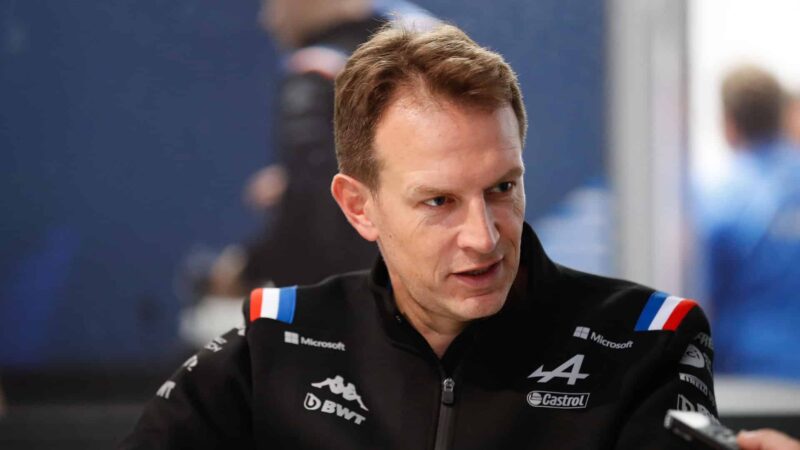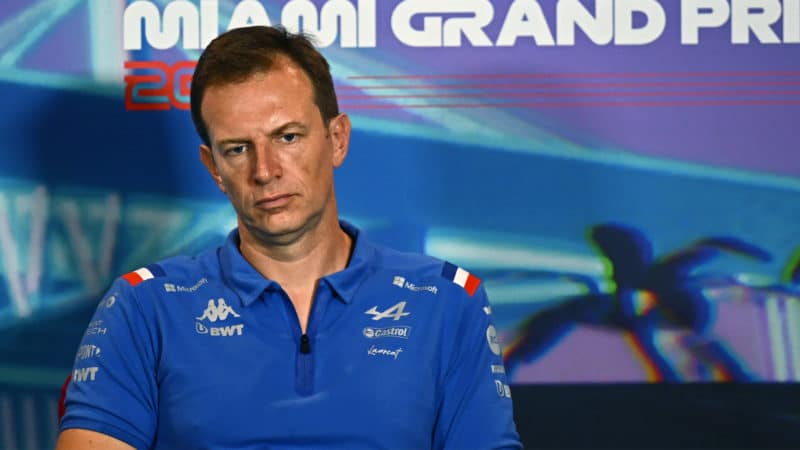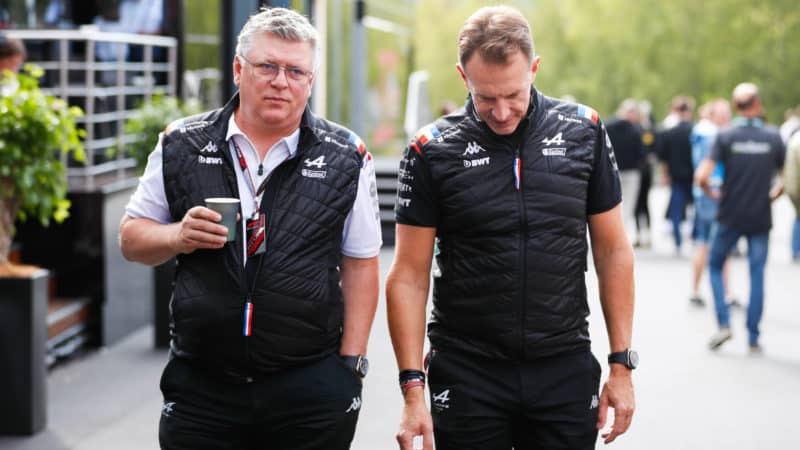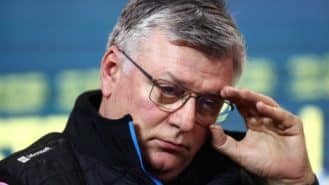Alpine, in its own internal plan of its progress, was targeting repeating last year’s fourth place in the constructors championship, “but a closer fourth” at the car’s launch, as part of its ‘1,000 day plan’ to return to the top. Such plans sound good in corporate boardrooms, as they give the board the impression that something is being done, that things are in hand to maximise the value of the investment.
Invariably there is pressure on the individuals who approved of the investments and that pressure gets passed down the line.
A major part of the valuation of an F1 team, especially in the expansionist Liberty era, is its position in the constructors’ championship, as that determines the prize money. In theory, in the cost cap era it should be possible to balance the investment needed to make a competitive team with the income resulting from being competitive. But there’s a big capital expenditure – much of it exempt from the cost cap – necessary to get to that level. At a corporate level Alpine has been making what it sees as the investment but not seeing any evidence of the reward. Selling a minority share of the team would give it a useful chunk to continue with the required investment and thereby take the pressure off those – de Meo, Rossi – leading the F1 programme.

Alpine CEO Laurent Rossi speaks to press
DPPI
Having the team suddenly underperform at the most inconvenient time possible means that the pressure will travel down the line – and it seems as if it has reached Szafnauer.
It’s true the team has been a bit of a shambles operationally at two races this year – Bahrain and Baku – but this is unrelated to its general competitiveness, which is not so different from last year at around 1sec off the front and somewhere in the upper midfield. The real problem, and one which is mounting the pressure on the bosses, is that what is possible has been recalibrated by the progress of Aston Martin into 2023. From the lower midfield, significantly behind Alpine, it has suddenly produced arguably the second-fastest car and sits in second place in the constructors’ championship. That it should be getting this success with the driver Rossi let go is just an added irritation.
It is going to take some real managerial skill and vision to keep this spinning soft clay pot of a campaign from collapsing entirely. What that might look like is unknowable.



